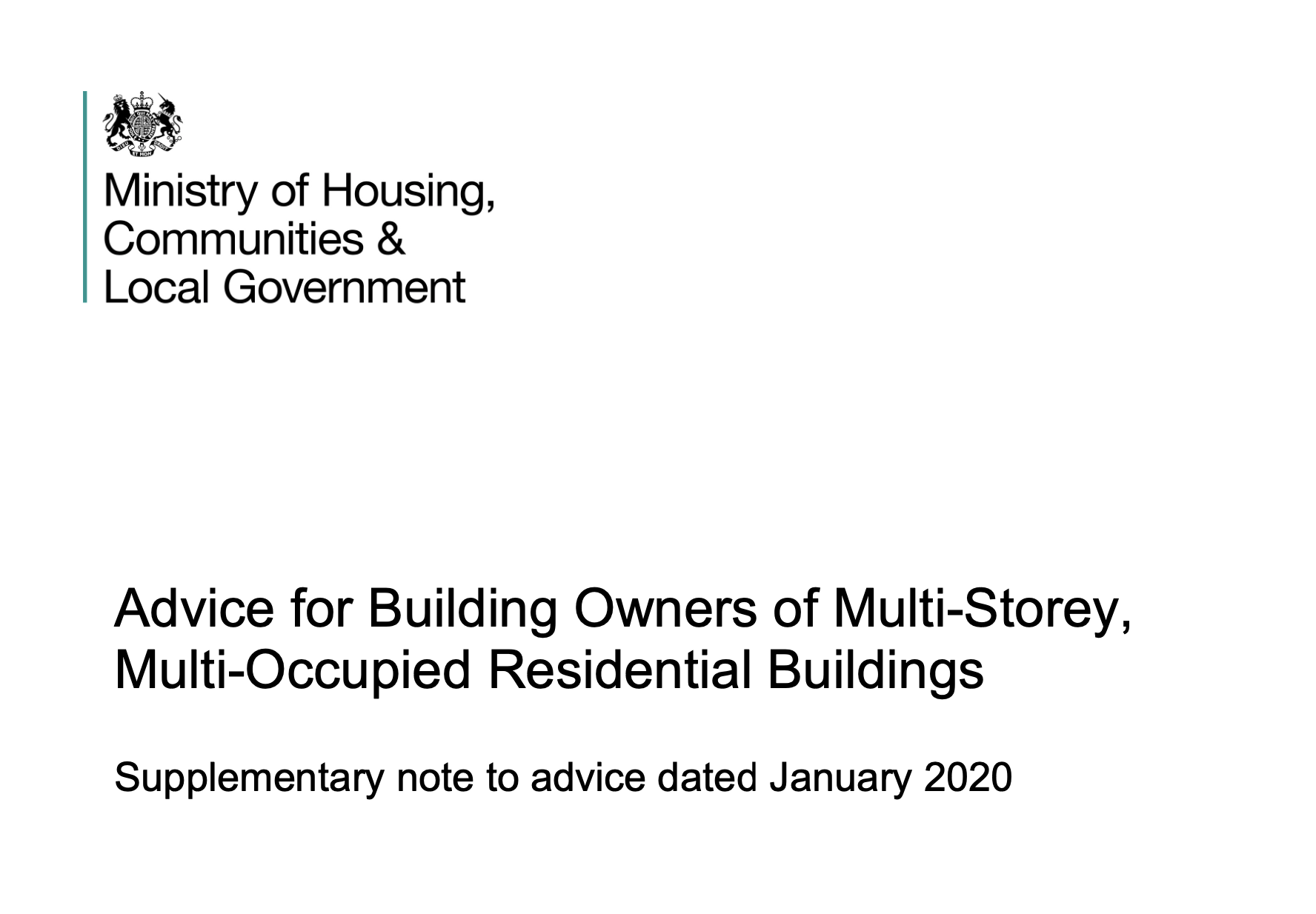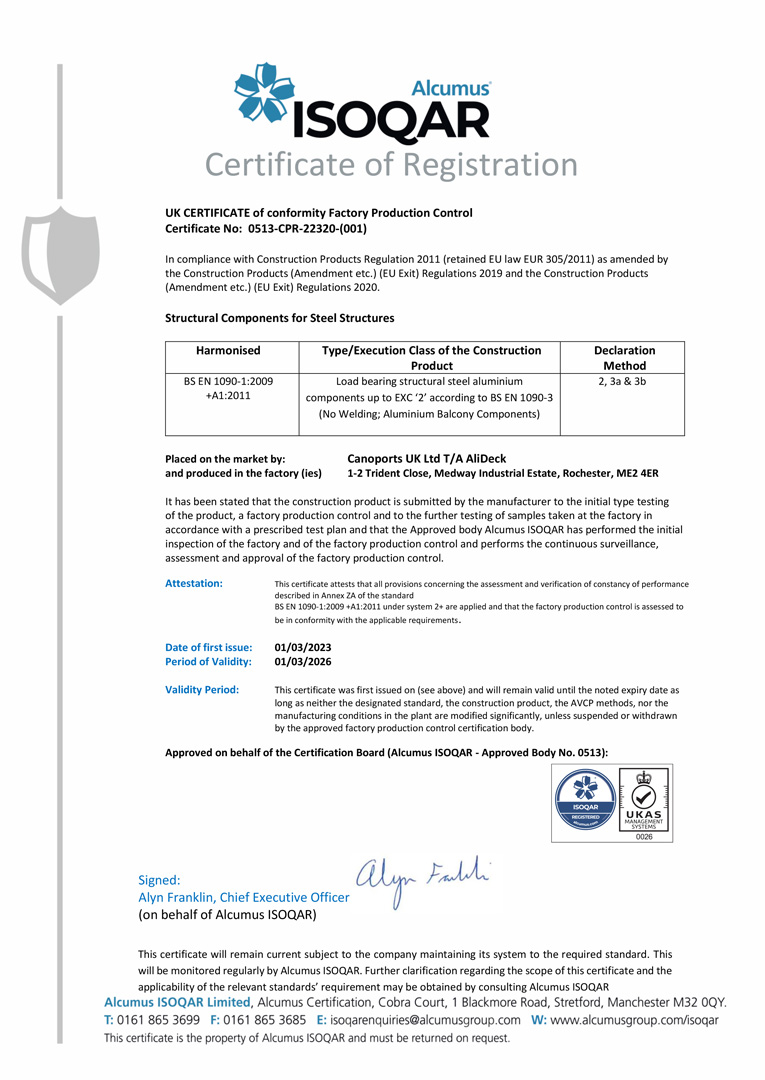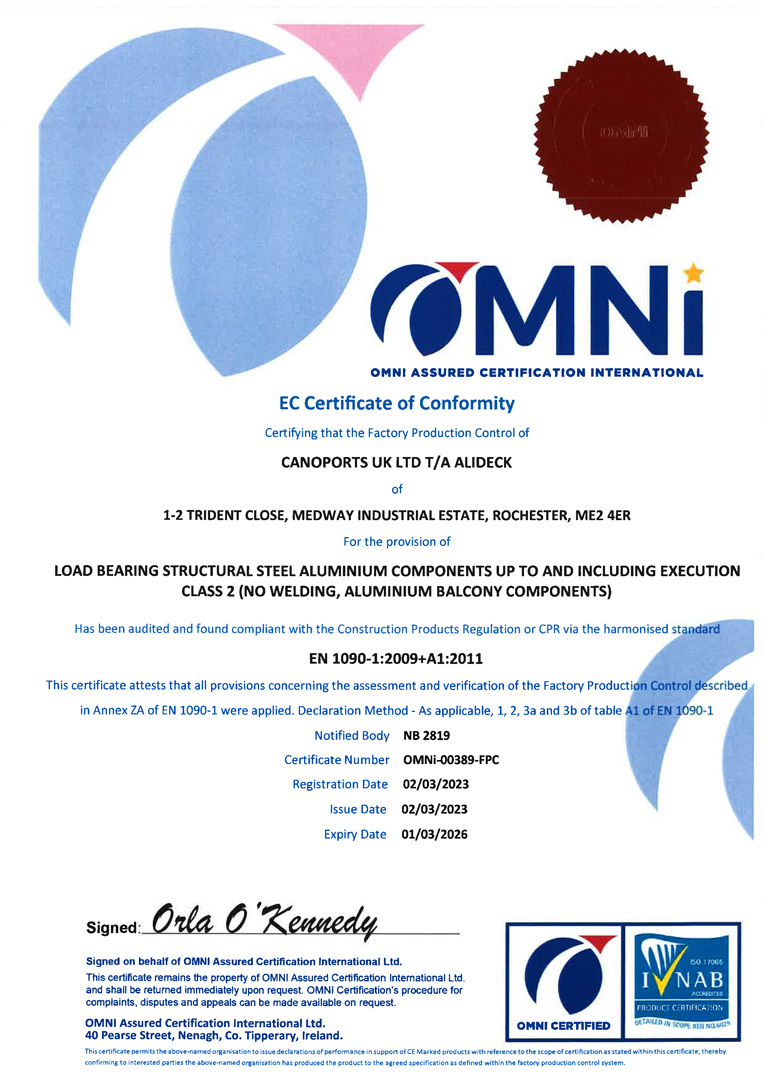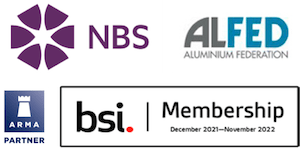Despite recent statements, EWS1 still causing major difficulty for leaseholders, and combustible wooden balconies continue to cause fire survey failures
The issues that have plagued the External Wall Fire Review (EWS1) scheme continue to cause major headaches for leaseholders, more and more of whom every day are finding themselves trapped in unsaleable homes.
In November 2020, the Ministry of Housing, Communities and Local Government (MHCLG) intervened in the EWS1/cladding crisis by issuing a Supplementary Advice Note. This note was intended to guide interpretation of the January 2020 Advice for Building Owners of Multi-storey, Multioccupied Residential Buildings and was published alongside a MHCLG press release stating that “owners of flats in buildings without cladding will no longer need an EWS1 form to sell or re-mortgage their property”.

This news was obviously received warmly by the media, industry, and leaseholders. However, looking closely at the detail of the supplementary note reveals that this update is perhaps not the resolution to the problem that it at first seemed.
The text of the Supplementary note attempts to clarify the meaning of the January 2020 consolidated advice note but, in our opinion, seems to change very little about how the Advice can be interpreted.
Mortgage lenders broadly seem to agree with our reading of the Supplementary note and many from that sector were subsequently quoted in media as stating that the Supplementary note does not change the risk profile of affected buildings and that the EWS1 surveys will continue.
Within the EWS1 fire survey scheme, combustible elements, such as timber decking, on specified attachments to the external envelope of a building will cause failure and require further remedial work to be carried out. For buildings that have wooden balconies, the only guaranteed solution to pass EWS1 is to replace all combustible materials with non-combustible alternatives.
The full text of the Supplementary note follows for your reference;
” Supplementary note to Advice for Building Owners of Multi-storey, Multioccupied Residential Buildings, dated January 2020
INTERPRETATION OF THIS ADVICE
- This advice recognises that all building owners or those responsible for a building want
to ensure their buildings are safe and have existing obligations in this regard. This
supplementary note relates to elements of the advice which cover external wall
systems, including balconies.
- The advice note is not Government regulations or statutory guidance, nor does it
replace or supersede such guidance, or have the effect of applying current legislation
retrospectively. It should not be considered as a guide for valuation or insurance
purposes.
- It should only be used to ensure adequate levels of life safety for residents, people in
the proximity of the building, and fire fighters, for all buildings irrespective of height.
- The advice does not need to be used if the building, of any height, meets all the
functional requirements of the relevant Building Regulations in force at the time of
construction (or refurbishment of external walls or balconies). Particular attention
needs to be given to Requirement B4 of Schedule 1 to the Building Regulations,
relating to external walls, which applies to all buildings irrespective of height.
- The advice allows for professional judgement to be made regarding the safety of a
building’s external wall system. If some combustible materials have been used,
replacement may not necessarily be required. This will depend on risks and
mitigations present. That should be for professional judgement on a building-by
building basis, taking into account the guidance in the advice note, other relevant
guidance, and recent experience from fires both in the UK and overseas.
- Professionals assessing external wall systems of buildings should consider the height,
use, and positioning of the building – as well as the design and fire protection strategy –
when making their assessment, to ensure adequate levels of life safety are achieved.
- It is the Expert Panel’s view that ACM cladding (and other metal composite material
cladding) with unmodified polyethylene filler (category 3 in screening tests) presents a
significant fire hazard on residential buildings at any height with any form of insulation.
Action to remediate these unsafe external wall systems and remove this unsafe
cladding should be taken as soon as possible.
- The advice says that owners of any building that has other forms of cladding should
consider the risk of external fire spread and need for remediation if that building:
8.1. Is 18m or more in height from the top occupied storey; or
8.2. Has residents who need significant assistance to evacuate – such as a care
home or hospital – particularly where horizontal, phased evacuation is in place;
or
8.3. Does not have – or have provision for – adequate risk mitigation, and has been
assessed by a suitably competent person as presenting an unacceptable risk to
the life safety of residents, people in the proximity of the building, and firefighters,
regardless of the height of the building. “
To find out more about how AliDeck aluminium decking can help building owners achieve EWS1 certification, please call the AliDeck team on 01622 235 672 or email info@alideck.co.uk.








